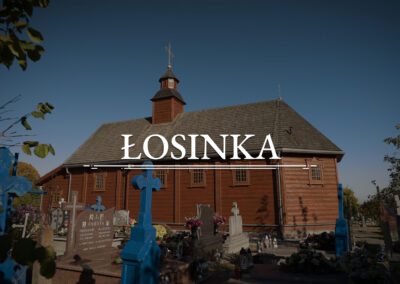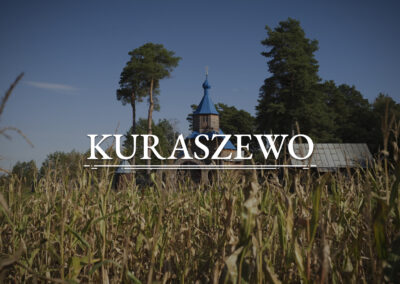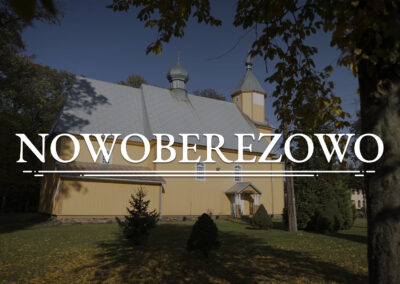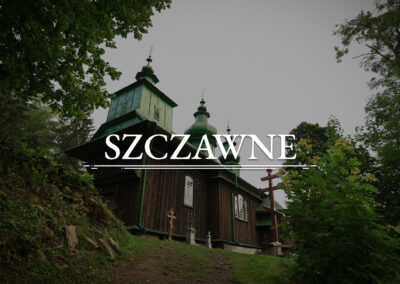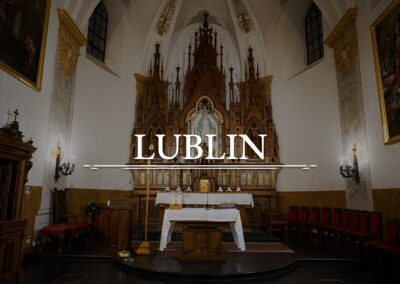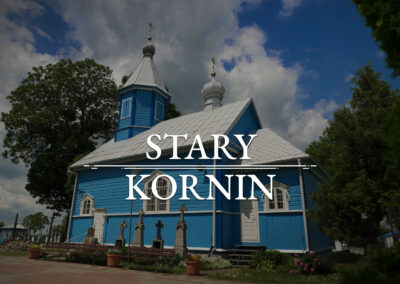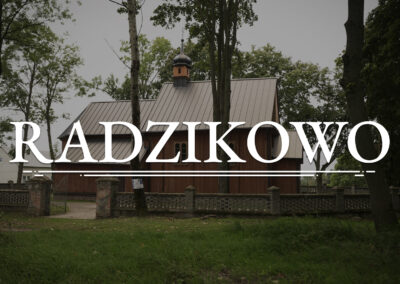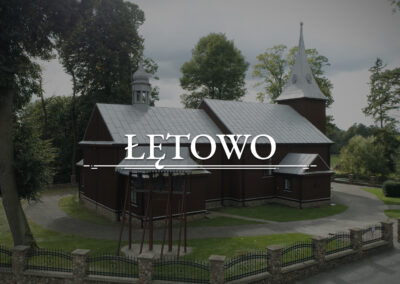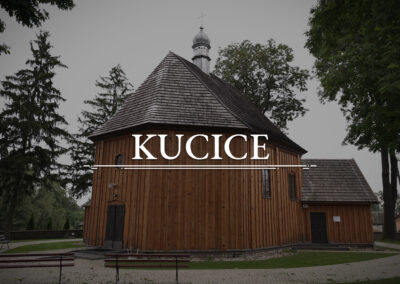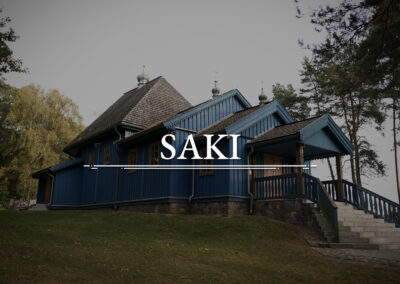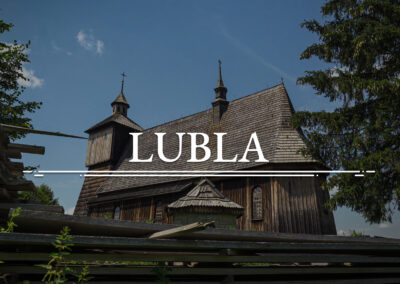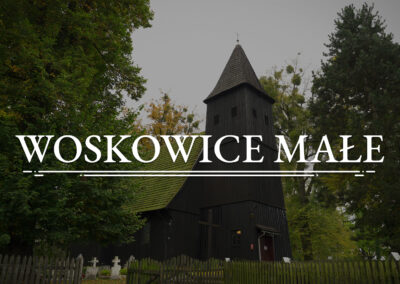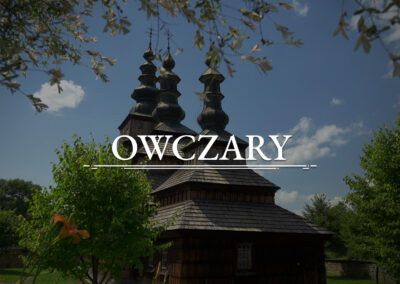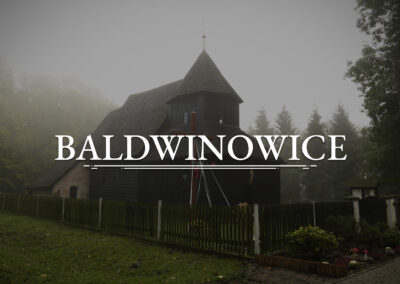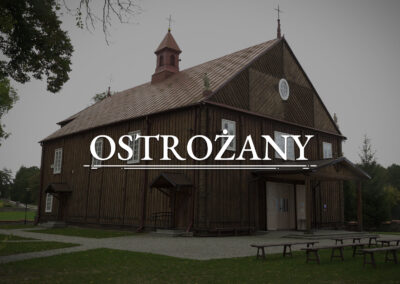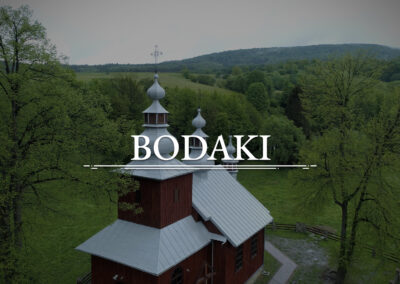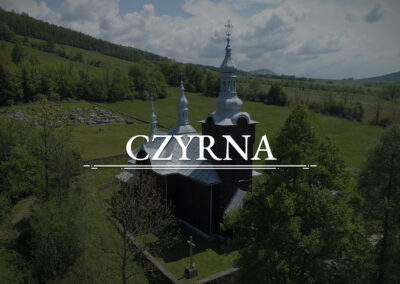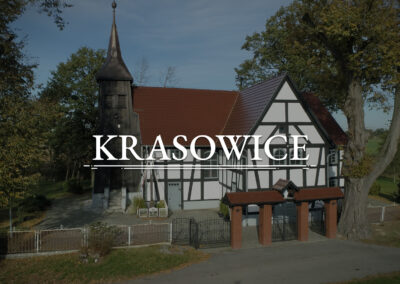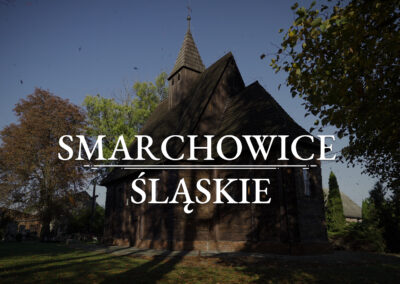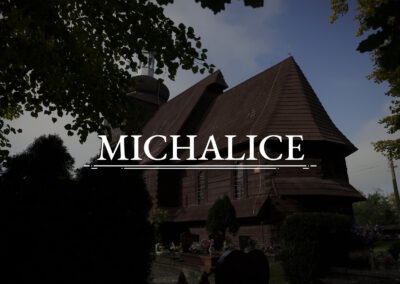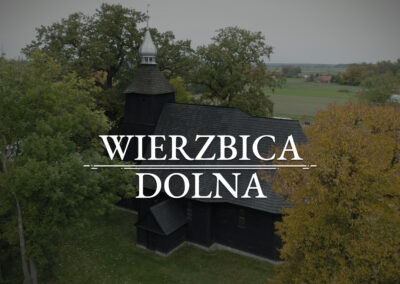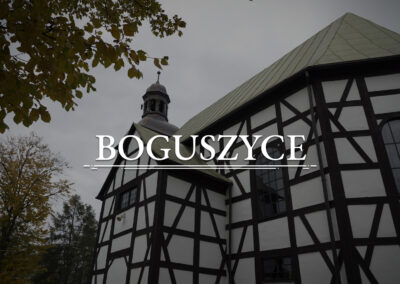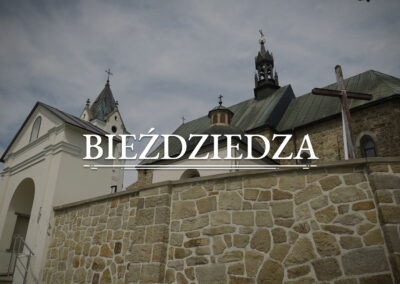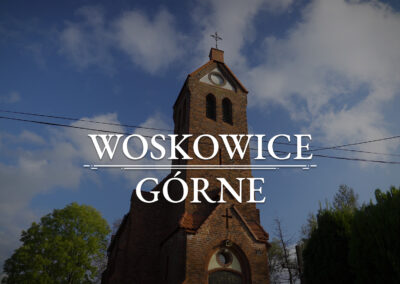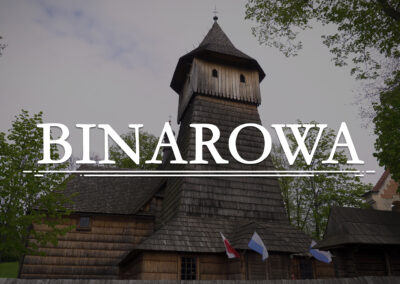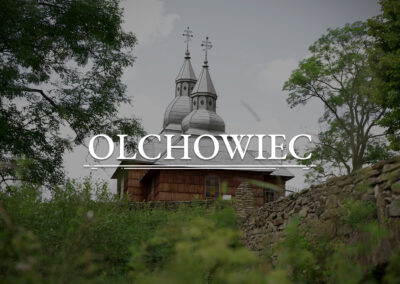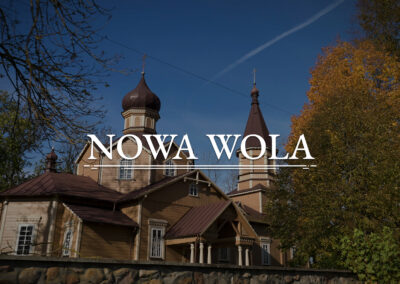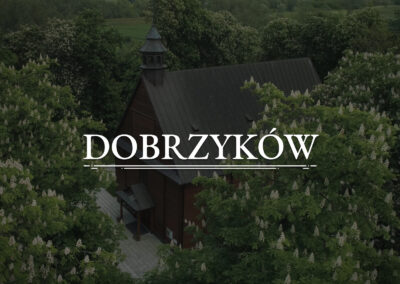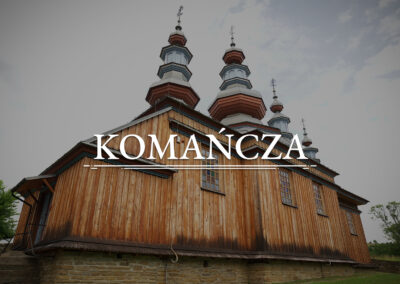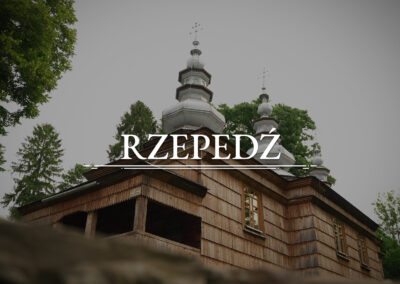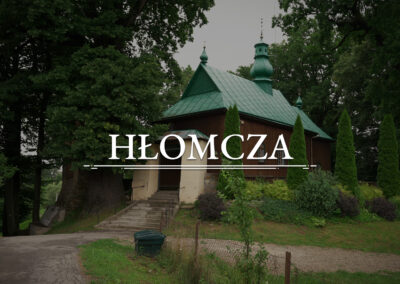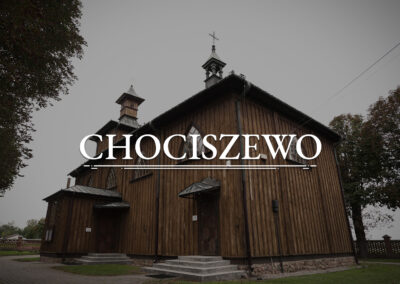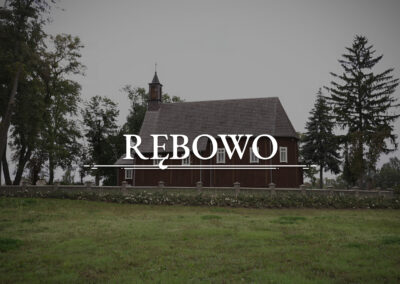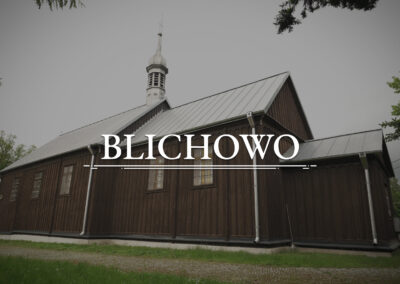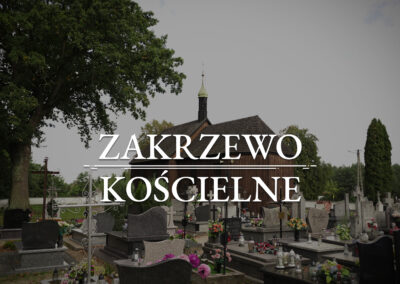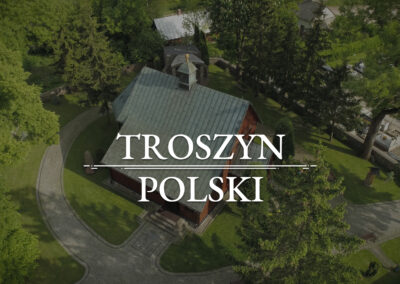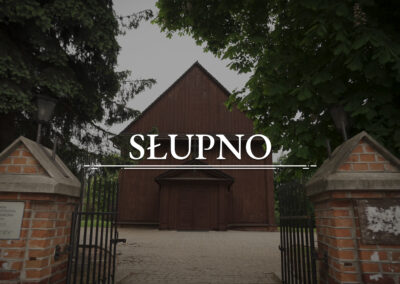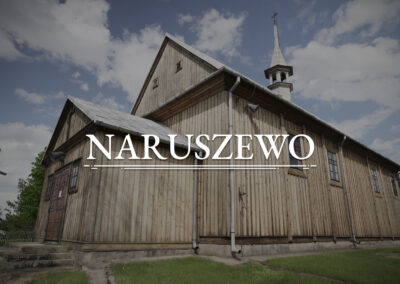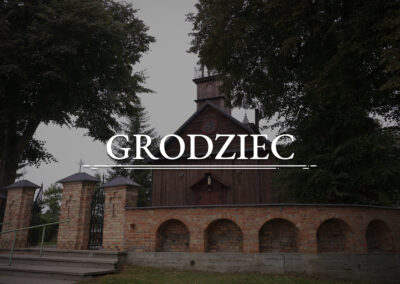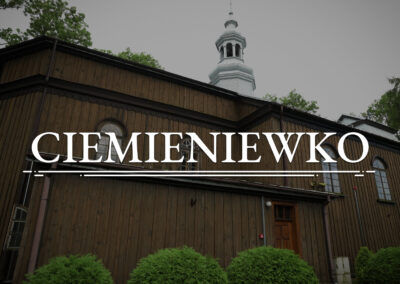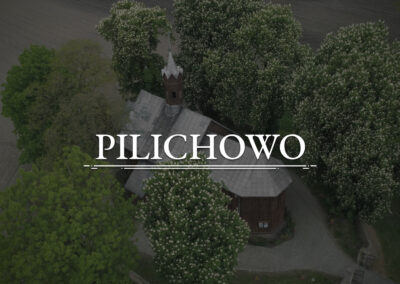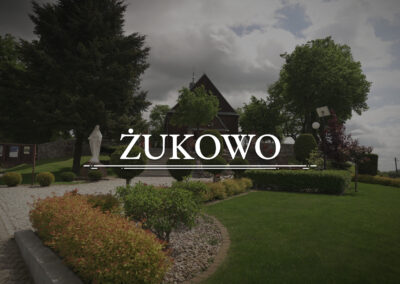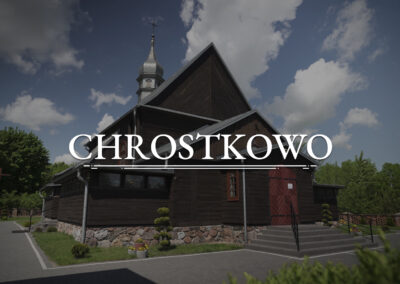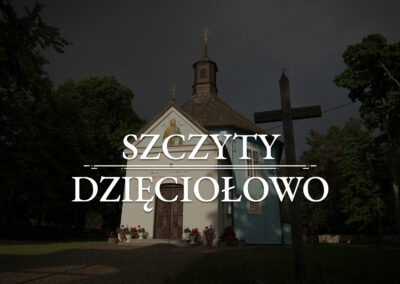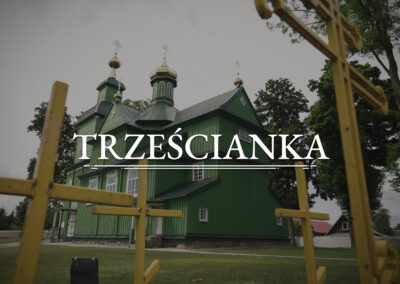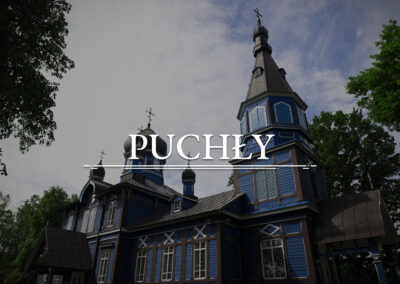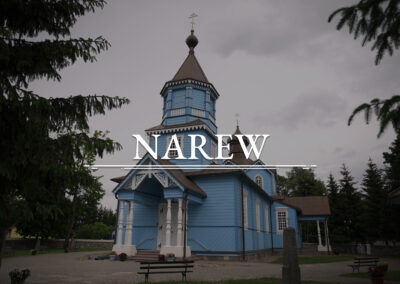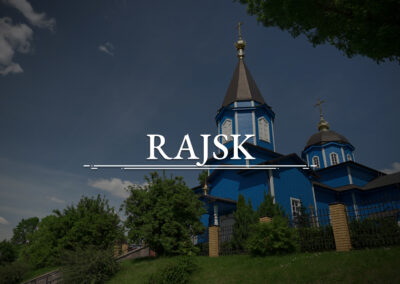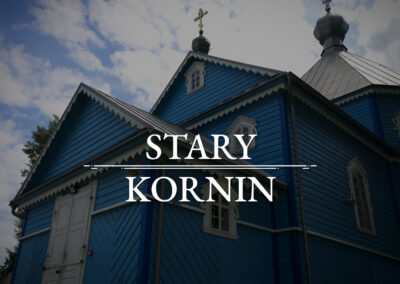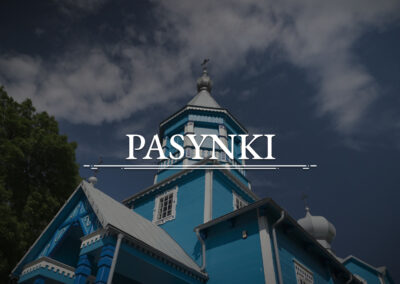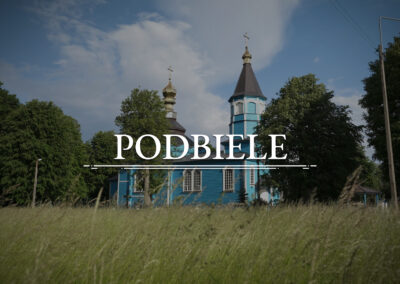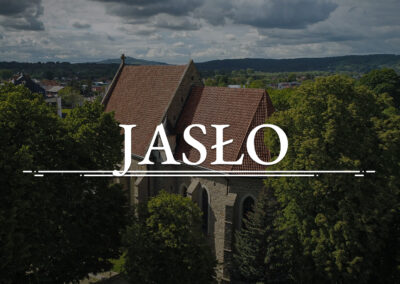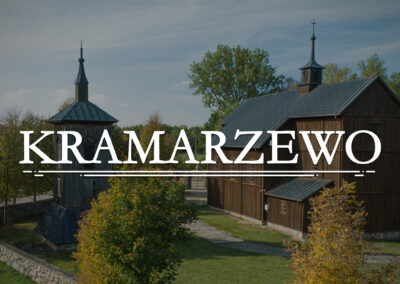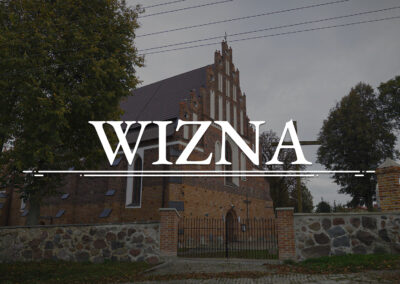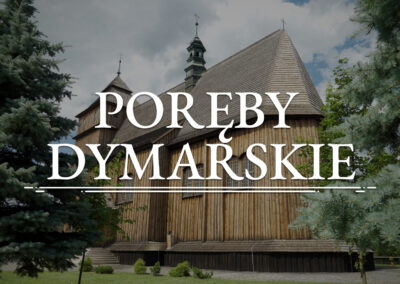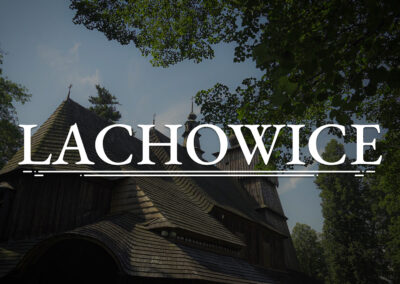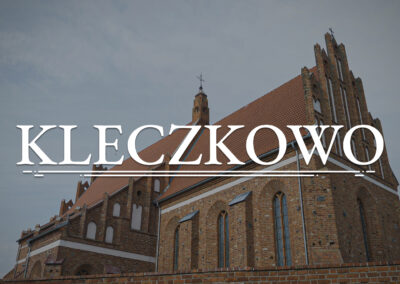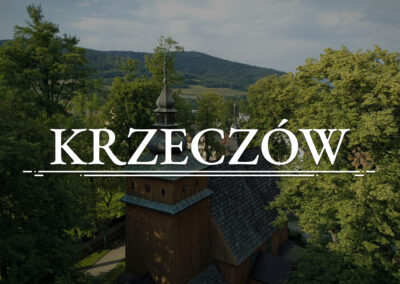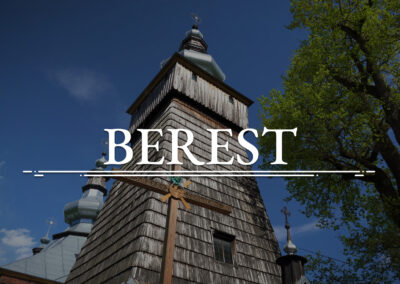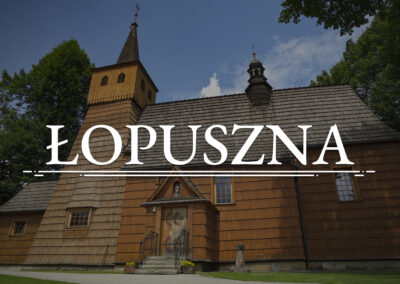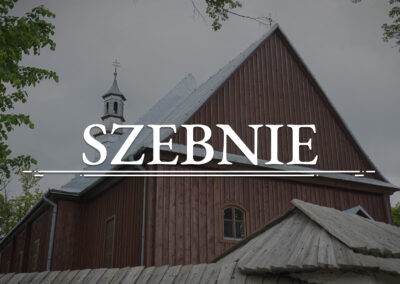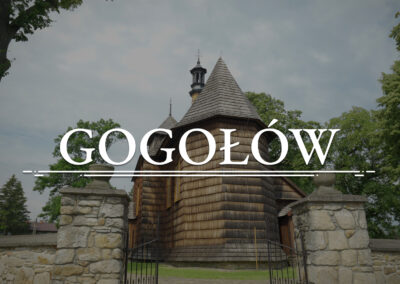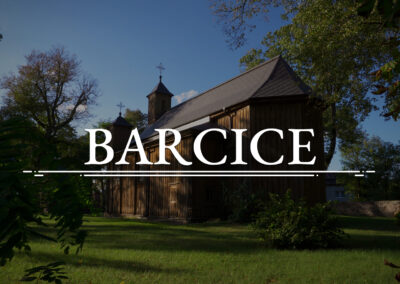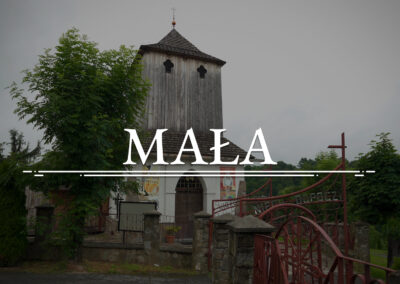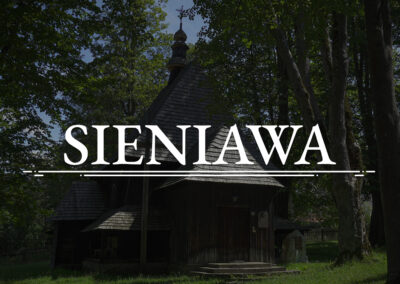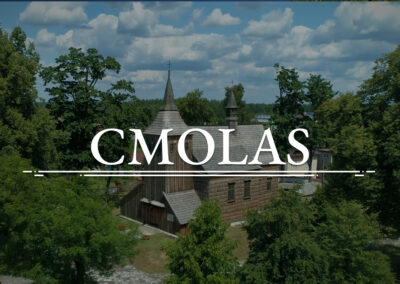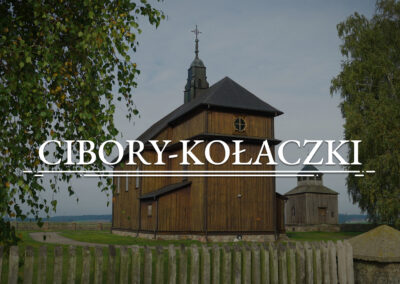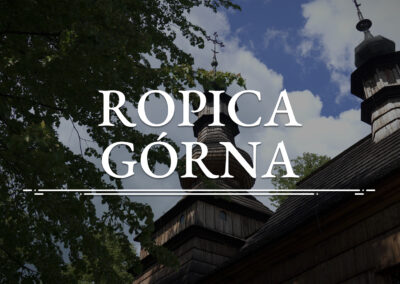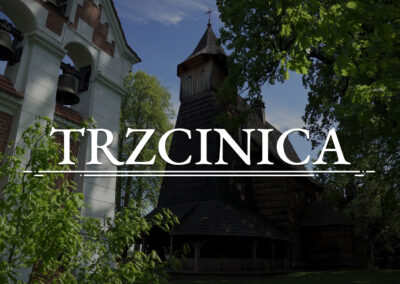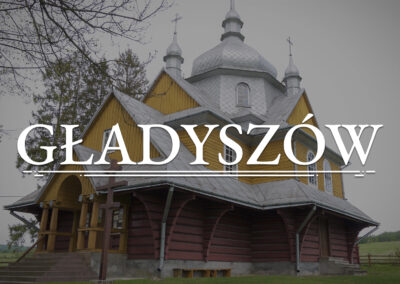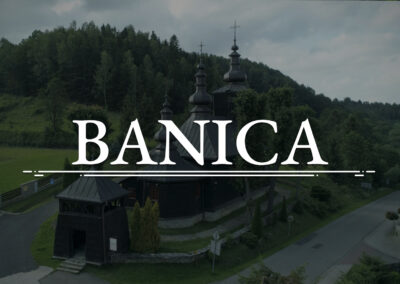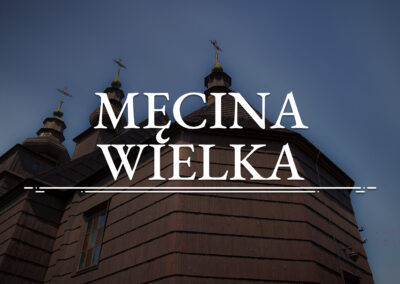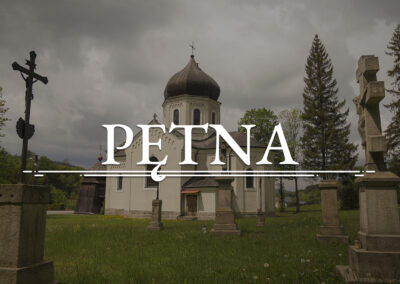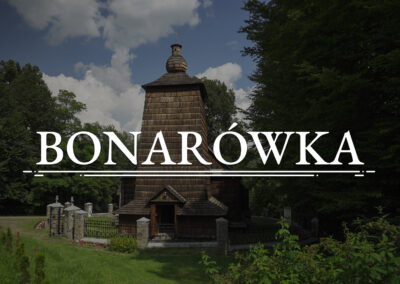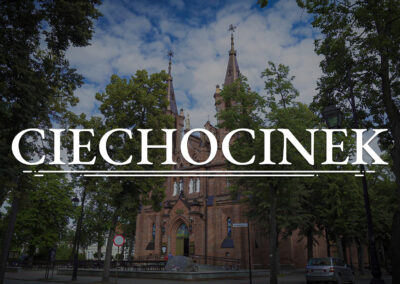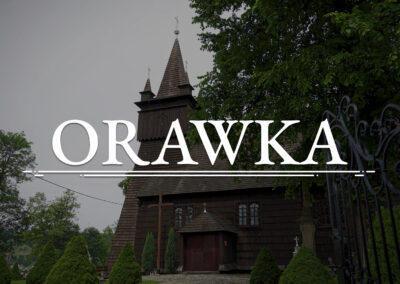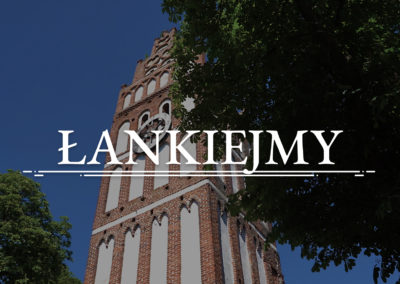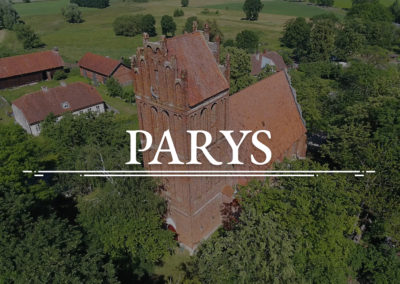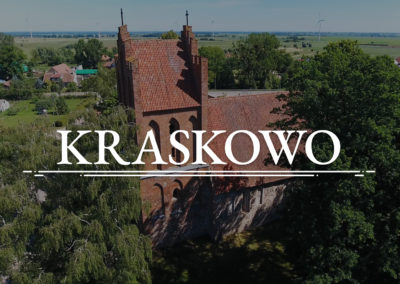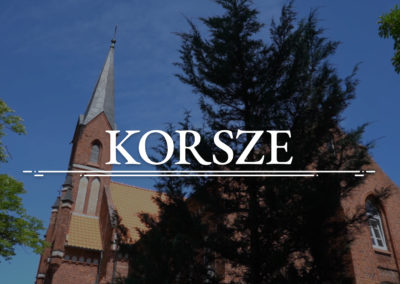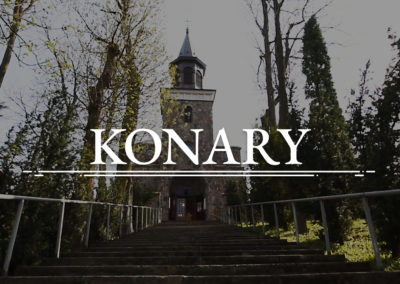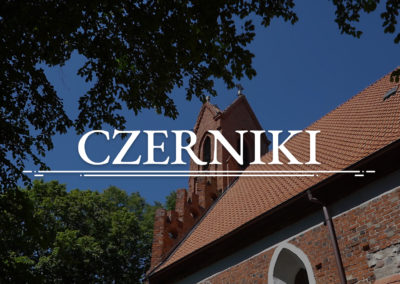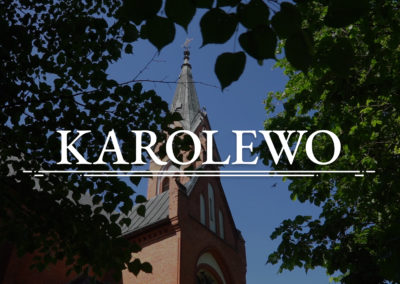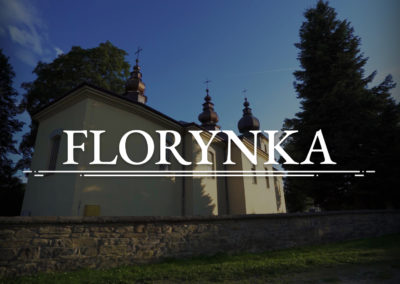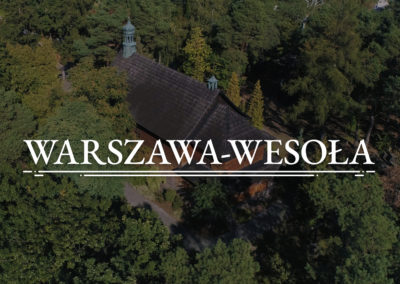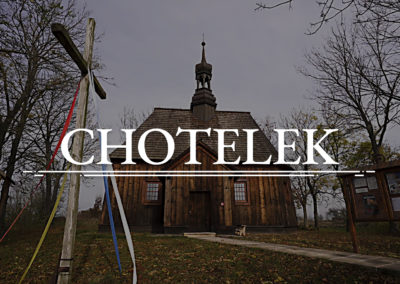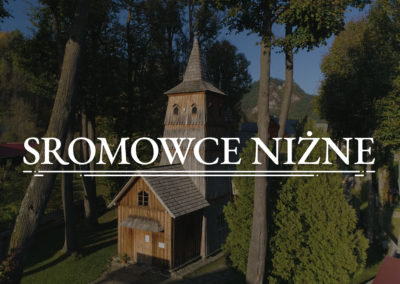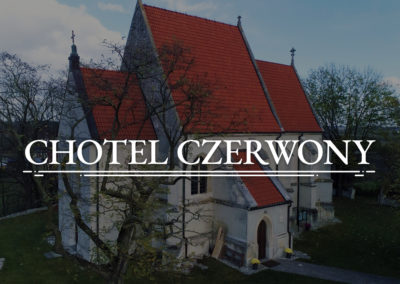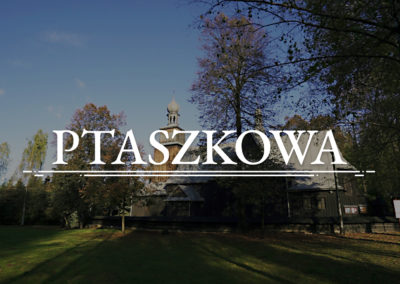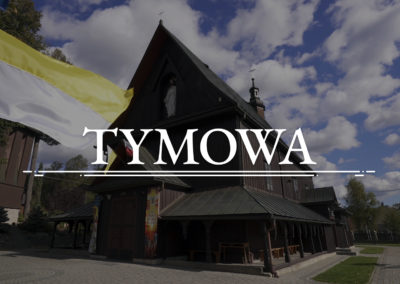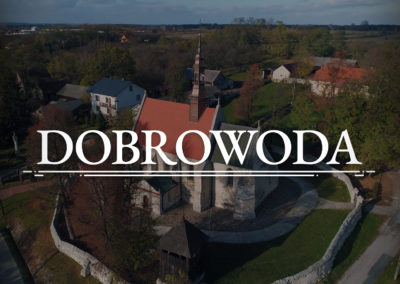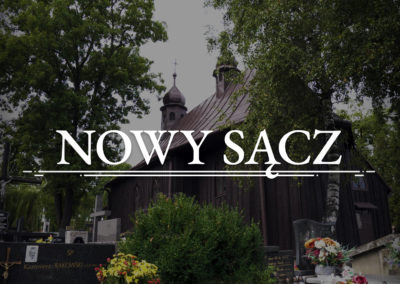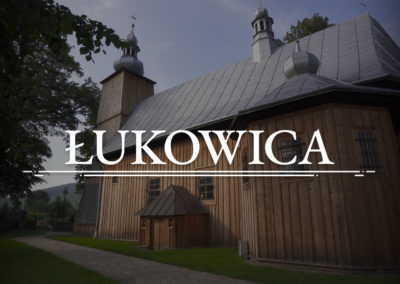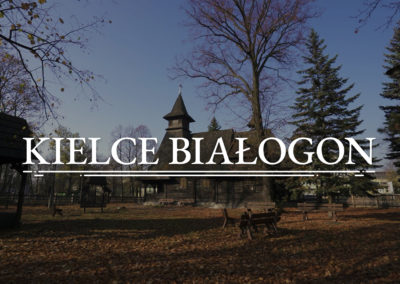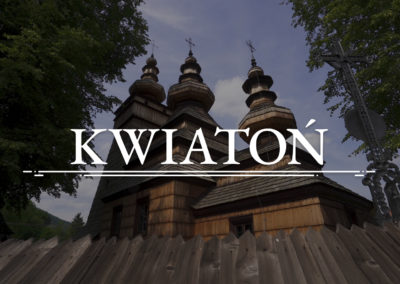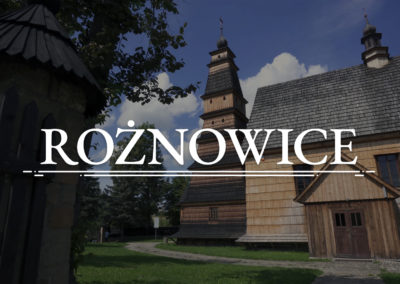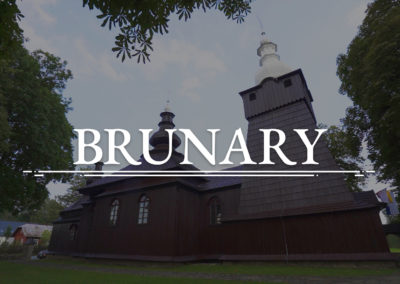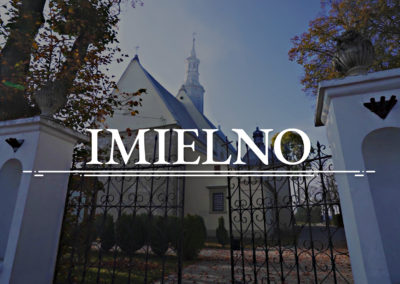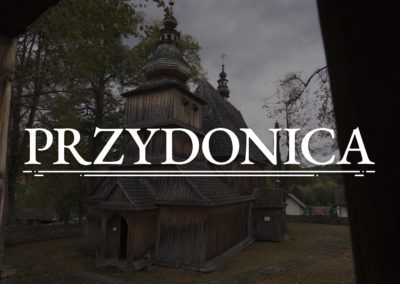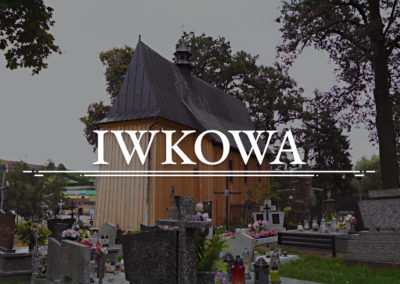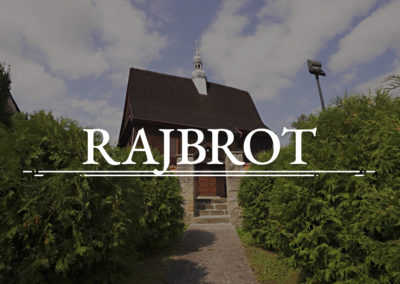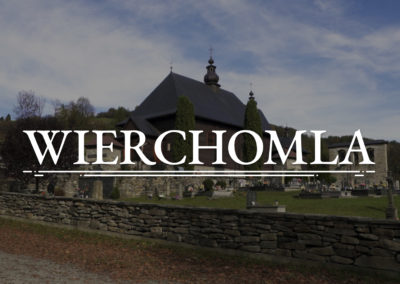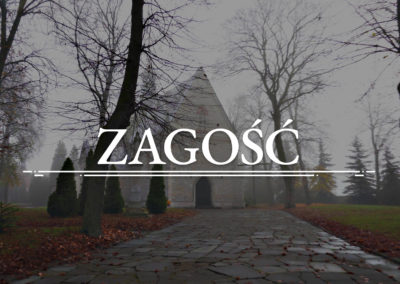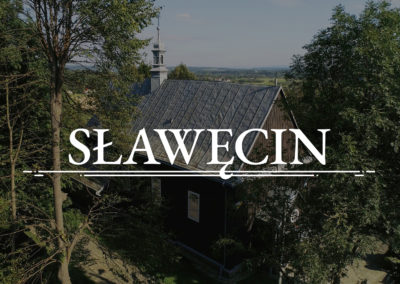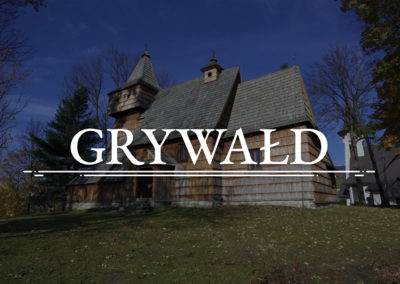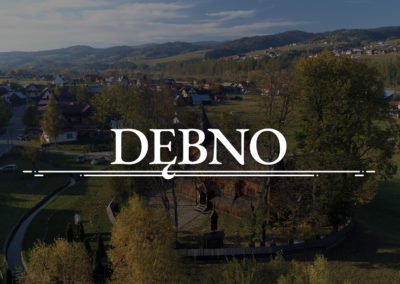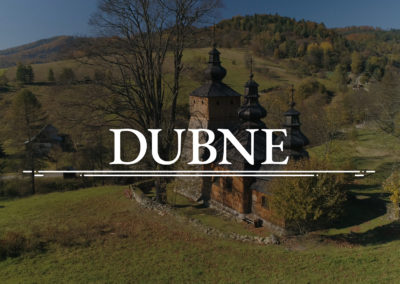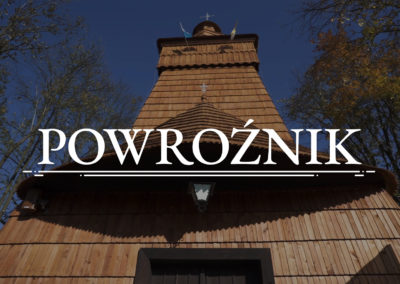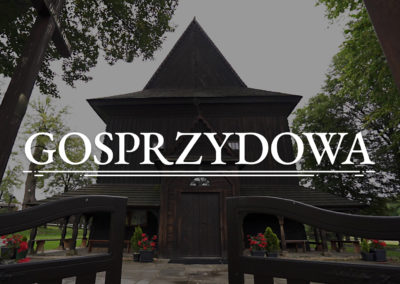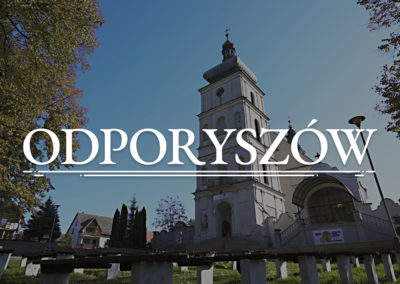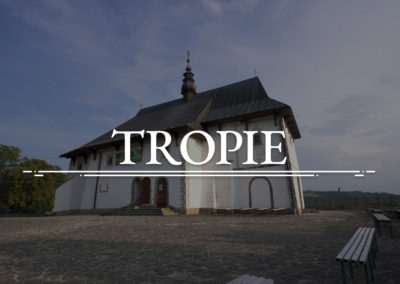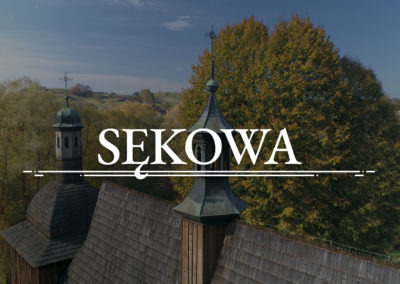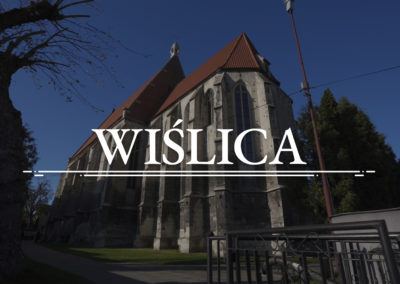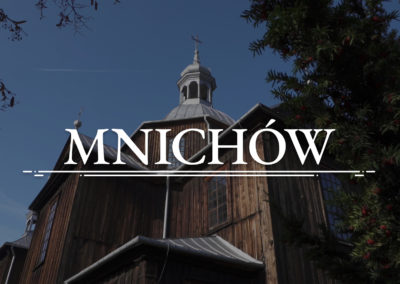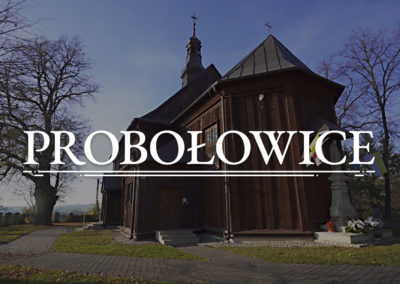GOGOŁÓW - Church of St. Catherine
The wooden structure was erected on the foundation made of stone, lined with shingles and reinforced with vertical beams (lisice). In accordance with the tradition of oriented churches, the presbytery points south. The quadrilateral tower makes the structure more slender. Inside the building, the visitors can admire some fascinating treasures.
CHURCH
IN GOGOŁÓW
With a population of 1,500, Gogołów is a place that has witnessed many centuries of history. According to a local legend the name came from the designation of ducks (gogoły). King Kazimierz the Great himself was to hunt for them in the vicinity and the settlement was to have come into being due to frequent hunting visits of the ruler. The oldest historical sources mention the name of the settlement as early as the 14th century, and one of its gems is the wooden church of St. Catherine.
The church was built in 1672 and underwent several renovations along the centuries. Fortunately, during the turmoil of wars (also World War II), it was not affected to the point of losing its unique character. Its longevity is demonstrated by the inscription in the porch: “This church was built, as a second in a row for Polish Catholics, by Jakub and Joachim Rojowski, brothers and heirs of Gogołów, to the Glory of one God in Three Persons, of Our Lady Mother of God and St. Catherine, the patron saint of the parish, R.P 1672.”
The wooden structure was erected on the foundation made of stone, lined with shingles and reinforced with vertical beams (lisice). In accordance with the tradition of oriented churches, the presbytery points south. The quadrilateral tower makes the structure more slender. Inside the building, the visitors can admire some fascinating treasures.
The first thing you see is the Baroque main altar. It is decorated with a sculpture of St. Catherine and a painting representing her. At the top of the altar, an expert eye will see the figures of Jakub and Joachim. The side altars, dating back to Baroque times, also deserve our attention. Anyone who enters through the double door may be surprised by the multicoloured interior decoration. A dark blue pulpit, built in the 18th century, stands out against its background. It is worth looking up at the organist’s gallery where you will find a lovely pipe organ, also from the 18th century. Silver pipes were placed in pastel green wooden case, decorated with golden details representing vegetal motives.
We should not forget about the antique baptismal font, in late Gothic style. According to historians it dates back to the 16th century. The Leliwa coat of arms is carved in stone, which indicates the potential founder. Most likely it was Jan Amor Tarnowski, the voivode of Sandomierz and Ruthenia, heir to the village. The font also has a Rococo style cover made of wood. It depicts St John the Baptist and a dove – the symbol of the Holy Spirit.
The pilgrims visiting the church should not only see the building itself but also its surroundings. A scenic cemetery, surrounded by old trees, is located nearby. A chapel built in remembrance of late Ludwik Denker deserves our attention. It was founded by his widow, Sabina Denker born Artwińska, who is also buried in the crypt. Victims of the Galician Slaughter were also laid here to rest.
This memorial is decorated with a late Baroque altar from the 19th century with a sculpture of Crucified Christ, and to His right and left there are figures of St. Paul and St. Peter.
Sources:
GOGOŁOW | Church of St. Catherine
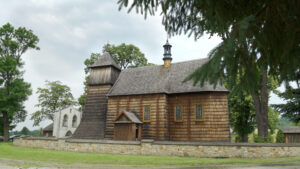
COFUNDED BY THE MINISTER OF CULTURE AND NATIONAL HERITAGE
ORIGINATING FROM CULTURE PROMOTION FUND



